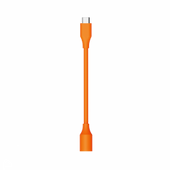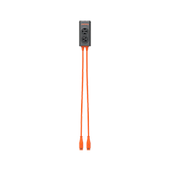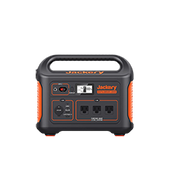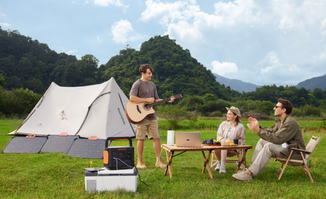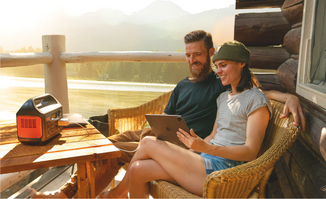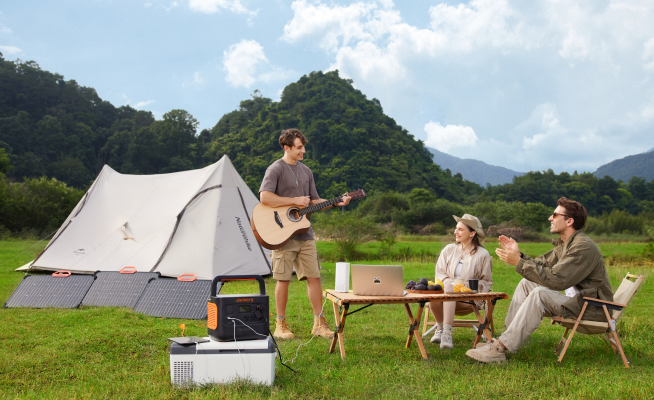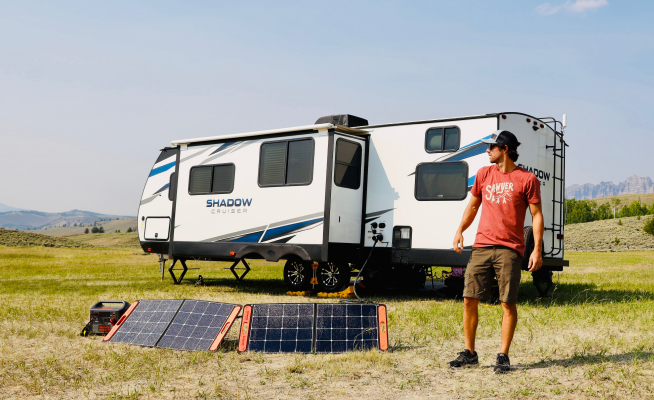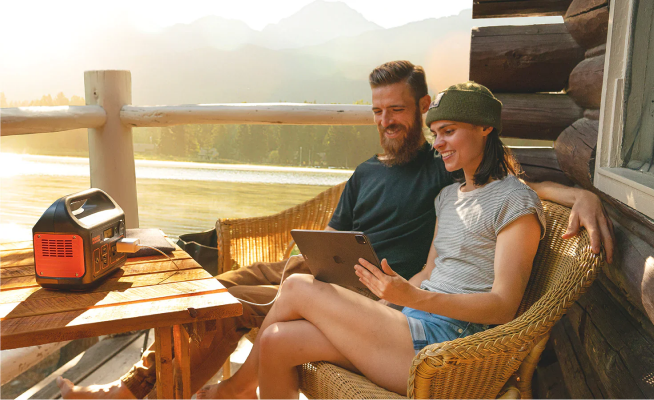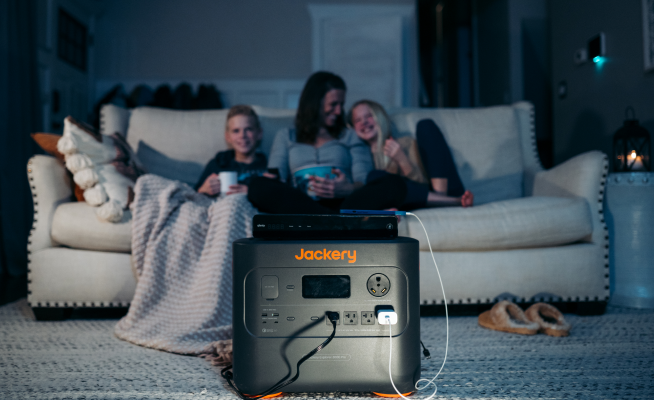Solo Hiking 101: Benefits, Gear, Preparations, Tips

Most solo hiking is simply about slowing down and taking in the surroundings at a slower pace. Solo hikes allow you to encounter sounds, smells, and sights you might otherwise miss when trekking with others. It will enable you to think about things, both spiritual and physical.
You should know a few things before embarking on your plan or joining a hiking group. This page discusses the benefits and concerns of solo hiking, how to prepare, and what to bring. We recommend Jackery power stations during solo hiking, notably the Explorer 300, which is powerful and portable.
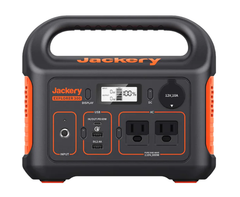 |
|
|
- Ideal power station for hiking trips - 293Wh capacity, 300W AC and 500W peak power - 2*AC Outputs, PD USB-C, QC3.0 USB-A, and 1*Carport - 2.5 hours to full recharge - User-friendly design, small size, and durable handle |
Is Solo Hiking Right for You?
Some might say that going hiking alone is never a good idea. For some, the hazards greatly exceed the benefits. So, is hiking alone ever a good idea?
Solo hiking can be fun, and information and preparation play a role. Practice empowers you and provides you with possibilities!
Whether the prospect of hiking alone excites you or makes you nervous, whether you're concerned about animal or human predators, we've put together a good dose of encouragement and education to help you feel ready to embark on your first or many solo hiking adventures with confidence.
One of the biggest reasons people avoid solo hiking is concern about their safety. And most of the time, individuals are concerned about feeling unprepared to deal with human predators rather than animal predators.
Benefits of Solo Hiking
If you've ever questioned, "Is it weird to hike alone?" the answer is no! Any avid hiker will tell you that they frequently see people hiking alone since it has several advantages.
- Find Your Own Pace: You can set your own pace when solo hiking, so you won't be left in the dust or waiting for your trekking partners to catch up. You can take as many nature pictures as you want and stop whenever you want to rest and drink water.
- Mental Health: Solitude provides for self-examination, a break from the rat race, and the opportunity to meditate, reflect, or zone out for miles at a time. On the other hand, hiking alone can be a great character-building exercise. It necessitates and fosters a true sense of self-assurance.
- Physical Health: You can adjust your pace, camping spot, route, rest breaks, and anything else about the hike you like. There is no requirement for a group buy-in so you can trek on your own. When making significant changes to your trip, you must notify someone of your new plans.
- Learn New Skills: Whether it's something practical like navigation or something more internal like learning how to overcome fear or stepping out of your comfort zone, being outside may teach us a variety of abilities.
Concerns about Solo Hiking
The most important reason not to choose solo hiking is that it is unsafe. You may be in great shape, a survival expert, and strong, but it is only fit for some. And there are a variety of reasons why it isn't.
- Feel Lonely: This is the most significant psychological disadvantage of solo hiking, especially for individuals who are more sociable and can't live without hearing someone else's voice now and then. Having a vivid or overactive imagination also doesn't help because it frequently makes things far worse than they are.
- No Any Help: Safety should always come first, especially when trekking in the country. However, during solitary walks, you will have no one to help you and will have to rely on yourself if you sustain an injury or illness. If it's a minor injury, you'll have no trouble dealing with it.
- Everything On Your Own: Setting up camp, finding a water source, collecting firewood, cooking, and cleaning are all things some people like doing independently. If you're one of these people, there's some good news. Being alone in the wilderness necessitates doing everything yourself.
Solo Hiking Gear: What to Pack?
Although you won't need a lot of gear for solo hiking, the right equipment could make the difference between a wonderful trip and a miserable one or even the end of your hiking days.
What kind of boots you wear is quite essential. Ankles turned on a root are protected by well-structured boots or shoes. Waterproofing is crucial because good weather cannot be assured when hiking. Hiking in the rain is nice, but not if your feet get wet. Also, wearing new socks is brilliant, whether from rain or sweat.
- Hiking Boots: Provide better ankle coverage, which aids in the prevention of ankle sprains, as well as stronger midsoles that provide more support.
- Trekking Pole: Acts as a set of limbs to provide extra stability when navigating rugged terrain.
- Jackery Portable Power Station: Charge your phone, GPS, and other outdoor devices.
- Backpack or Bag: Keep your hands free while trekking by carrying all your essentials in a backpack or bag.
- Water: Replace fluids lost through sweat.
- GPS or Map:Use bearing, heading, and distance to guide hikers to a given waypoint.
- Emergency Kit: A must-have and life-saving item to keep with you wherever you go in case of an accident.
Because electronics are crucial components in many hikers' bags, finding the finest power station to keep them going on the path is critical. Most hikers carry a smartphone, but you may also have wireless headphones, a rechargeable torch, and a fitness tracker that must be charged while on the trail.
Jackery is the leading global brand of high-quality solar panels, solar generators, and power stations. Jackery power stations are well-known for their large capacity, mobility, and safety, and they are built using clean lithium-ion technology for quick charging. You can recharge them using solar panels, wall plugs, or carports, which are unavailable at most power stations. Furthermore, the multiple ports allow you to charge multiple devices simultaneously.

Because weight quickly adds up in a backpack, finding the ideal combination of weight and charging capacity is critical. Consider a slightly heavier power bank with more milliamp hours if you charge many electronics or devices with large batteries. If you don't have many electronics or don't use them frequently on the trail, a smaller battery will save you some ounces.
Due to its small size and flexibility, the Jackery Explorer 300 is great for solo hiking, short camping trips, and power outages. Its 293Wh power capacity allows it to run small items like your phone, GPS, headphones, light, and more. The Explorer 300 can be charged 80% in under 2 hours using a 90W wall charger and a 60W USB-C PD charger. Besides, the Explorer 300 may also be recharged using solar panels, a carport, or a wall outlet.
With several ports, you can charge all of your devices at the same time. The Jackery Explorer 300 comes with two AC outlets, a 60W PD USB-C port, a QC3.0 USB-A port, a USB port, and a 12V carport. It is also lightweight, elegant, and easy to carry due to its user-friendly design, tiny size, and strong handle. The built-in Battery Management System (BMS) and pure sine wave inverter protect your sensitive electronics from damage.
|
Series |
Capacity |
Ports |
Recharge Time |
Hiking Electronics |
|
Jackery Solar Generator 300 Plus |
288Wh |
AC Output(x1): 120V, 60Hz, 300W (600W Peak) USB-A Output(x1): 15W Max 5V⎓3A USB-C Output(x2): 100W Max, 5V⎓3A (5V, 9V, 12V, 15V, 20V up to 5A) Car Port(x1): 12V⎓10A AC Input: 100V, 60Hz, 15A Max DC Input: 12-27V⎓5A, Max, 100W Max |
1*SolarSaga 40W: 7.5H |
Light(5W) 50H GPS(50W) 5H Phone(29W) 30Charges Drone(60W) 5.5Charges Headphone(5W) 50H |
| Wall Charging: 1.35H | ||||
| Car Charging: 4.3H |
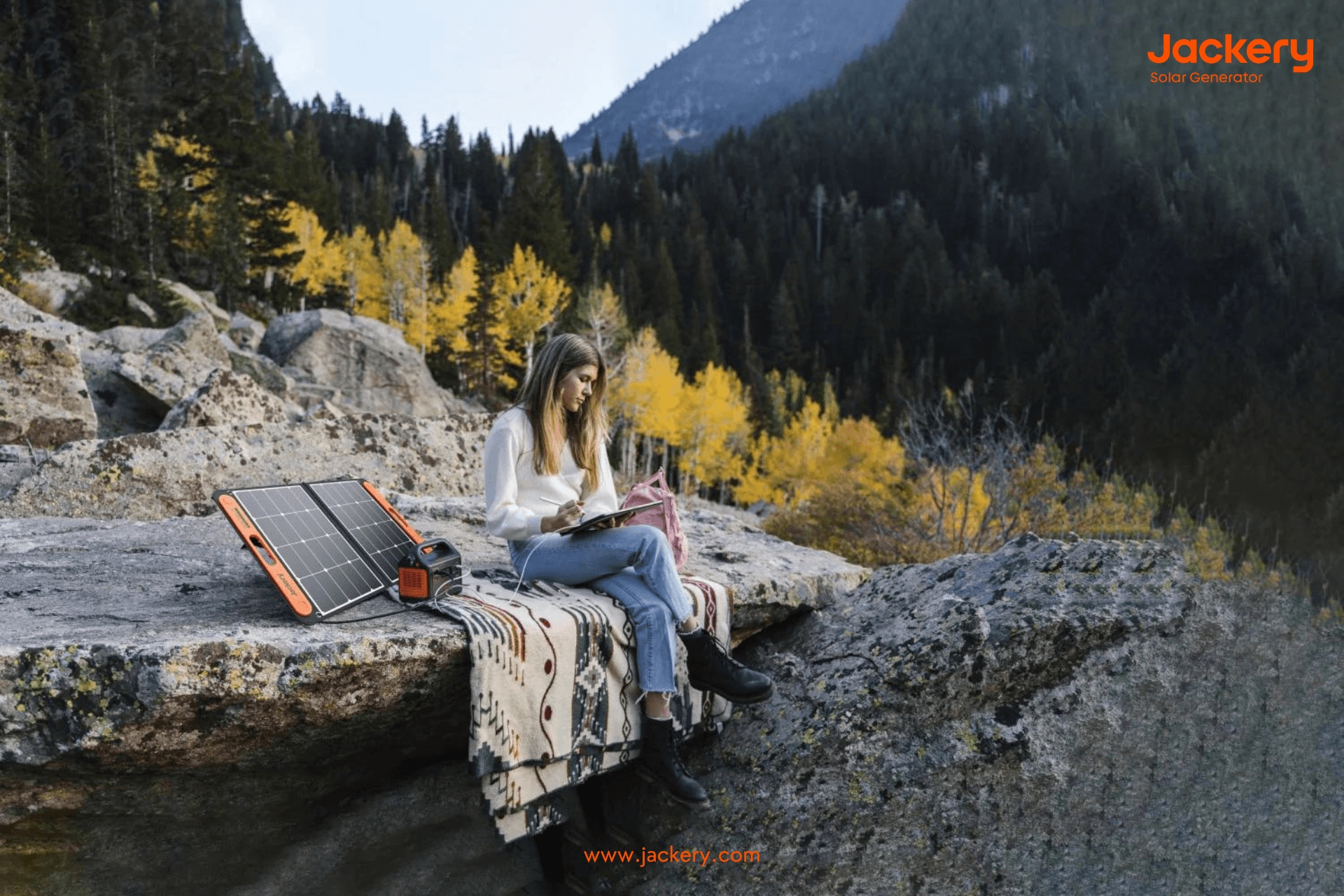
Solo Hiking Preparations: How to Plan?
There are many societal preconceptions and gender biases that tell us that solo hiking is dangerous. Hiking alone is difficult for anyone. However, it is not necessarily harmful, and many hikers have a good time and stay safe while hiking alone!
Now for the more practical stuff. When preparing for your solo hiking, you should diligently select a trail and understand what it requires and the conditions you'll encounter, informing a large portion of your other preparation.
Solo Hiking Planning
If you've never hiked alone, starting with something simple or familiar is an excellent place. This simplifies things and eliminates the need to worry about navigation or safety.
- Choose Popular Trail: If the thought of being utterly alone in the wilderness scares you, choose a trail where you know you'll encounter other hikers. Selecting a popular route or national park is an excellent starting point for solo hiking.
- Check The Forecast: You should only start a walk by understanding the basics, especially when hiking alone. At the very least, know the distance, elevation, terrain, and average walking time.
Solo Hiking Preparations
Hikers traveling alone must be self-sufficient. Because of the risks associated with being completely alone, you must be fully prepared to deal with anything that occurs on your own. It means that what you pack for your hike is critical.
- Do Some Practices: Before venturing out independently, you should have some bush-walking or backcountry experience. Hiking with someone else first, or going on a group excursion, can teach you the fundamentals of hiking if it's something you've never done before.
- Don’t Be Afraid of Failure: Failure is a normal part of life and an opportunity to learn and improve. You should always learn from your failures and create plans for future adventures.
- Packing Light: Because you can't share your load with anyone, packing light is more challenging for solitary hikers. It means you'll have to carry everything you need on your back, which might lead to too heavy packs.
Solo Hiking Tips: How to Hike Alone?
If you're considering embarking on your first solo hike, here are some guidelines to keep you safe and at peace. So there are reasons to go solo, reasons not, and some difficulties you can get into. Here are a few pointers and tidbits to keep you safe when you ultimately decide to go solo hiking:
- Tell Someone Where You Are: One of the most crucial pieces of solo hikingadvice is telling someone where you are going and when you intend to return. This way, you may be assured that someone will look for you if you don't return in time.
- Bring Enough Water & Food: It's easy to overlook the importance of water and food on a trip, especially on a hot day! Bring more water than you believe you will require. It's better to carry the rest with you back than to reach halfway and realize you need to turn around because you've run out of water.
Extra energizing snacks, such as energy bars, dates, and almonds, are also ideal to have on hand in case of need.
- Bring A Power Station: The last thing you want to do when hiking alone is run out of battery power on your phone. Even if there is no coverage, you may be following or recording the path, which means your phone serves as your security to help you find your way back. Because of its capacity and portability, the Jackery power station may be your first pick.
- Hike On Time: Keep track of time so you don't have to trek back in the dark. Even if you bring a headlamp, using it in solo hikingis not recommended.
- Rely On Your Instinct: It usually is if something feels right. Do you believe it's too late to continue? Please turn around. Are you concerned about a strange person who gave you a strange look? Put yourself on the defensive. There are better times to take risks than hiking alone.

Safety Tips for Solo Hiking
There are actual risks in the woods, whether you are alone or not. When doing solo hiking, you must be prepared to deal with the following:
Large animal attacks, such as those by a bear, cougar, or wolf, are uncommon. Take time to educate yourself on their behavior and how to handle yourself if you trek in their environment. Insects, rats, and the occasional snake are more likely to bother you.
- Natural Disasters: Wind, lightning, rain, sun, snow, flood, falling boulders, earthquake, falling trees - an extensive list of natural events can be annoyances or catastrophes.
Understanding how to read the weather is a valuable ability. It makes sense to have appropriate weather protection gear. Hike in safe regions, not on high ground, in open spaces, near cliffs, beneath huge limbs, or near waterways.
Get Injured: In the wild, injury is always possible regardless of how well you prepare or how cautious you are.
The risk is negligible if you hike steadily on a well-maintained trail. Rough terrain, rock climbs, water crossings, cooking, and other dangerous jobs may result in stumbles and falls, burns, and injuries. Of course, an appropriate first aid kit is essential to any hiking pack, but knowing how to use it and improvise other aid is even more critical.
Solo Hiking FAQs
The following shows the frequently asked questions about solo hiking:
1. Solo hiking or group hiking?
A friendship formed when adventuring through a mountain forest has an unrivaled purity and power, yet experiencing the quiet of the wild alone is necessary for self-reflection and personal growth.
Examine the benefits and drawbacks before determining how many hikers to invite to your group. Because feeling lonely in the woods or bothered by others can ruin any vacation to these hallowed locations.
Begin by asking yourself a few questions. What do you want to get out? In what ways do you want to be challenged? Because if you want to push yourself with solo hiking, skill levels and trip duration may permanently be altered to get you out there exploring alone.
2. What size of power station do I need for my solo hiking?
A power station or bank is significantly more critical during solo hiking because it allows you to charge your trekking electronics and is a backup power supply in an emergency. Jackery power stations are perfect for hiking due to their durability, mobility, and safety.
First, determine how much electricity you'll need for your solo hike, then choose the appropriate size power station. The capacity of Jackery power stations ranges from 3024Wh to 240Wh. You can select one based on your needs. Here's how to calculate how long it will take to charge your hiking devices:
Working time = solar generator capacity*0.85 / your device's operating wattage
For example, if you charge a 5W light for your solo hiking with a Jackery Explorer 300 (293Wh capacity), the light will operate for 50 hours (293Wh*0.85/5W).
3. What type of solo hiker am I?
As with most things in life, solo hiking is only for some. There are two categories of hikers based on their tastes and predisposition toward this trekking experience. These are their names:
Type A: These folks are always alone. They are okay with being alone because it is pleasant and may create a sense of independence and success.
Type B: Representatives of this type may occasionally go on solo walks, but they will not deny trips with traveling partners. Their motivations for solo hiking vary; some like hiking, and some desire to leave the rest of the world behind for a while.
Final Thoughts
The finest part about hiking alone is enjoying your own company. It compels you to spend time alone and in your head, which may be incredibly beneficial. Solo hiking doesn't mean you won't capture any good shots of yourself; it just means you'll have to be more imaginative.
Being kind on the path includes being kind to the trail and the area you're experiencing. Remember to bring a Jackery power station to charge all your essentials due to its high capacity, portability, and safety.
Disclaimer:
The runtime mentioned for appliances powered by Jackery is for reference only. Actual runtime may vary under different conditions. Please refer to real-world performance for accurate results.









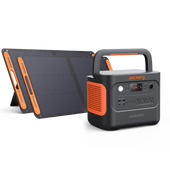

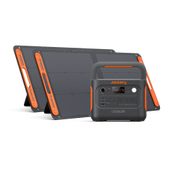
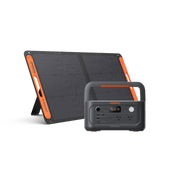
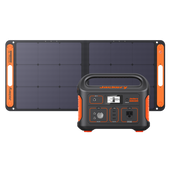
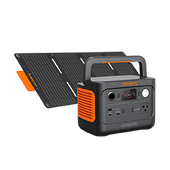


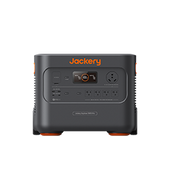
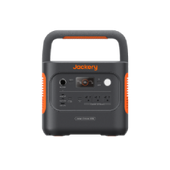
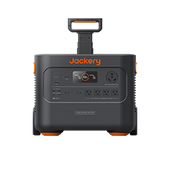
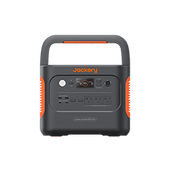
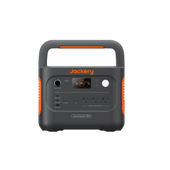
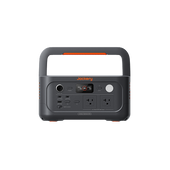
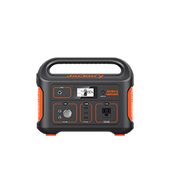
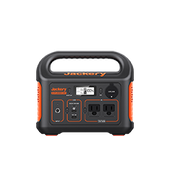
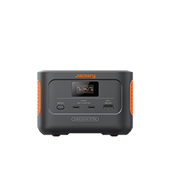
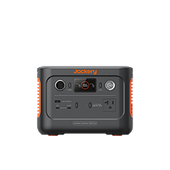
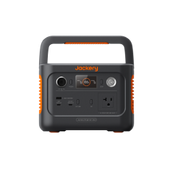

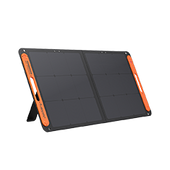
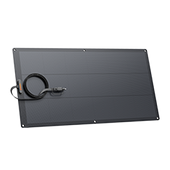




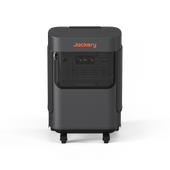
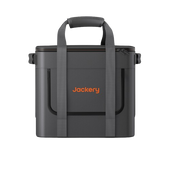

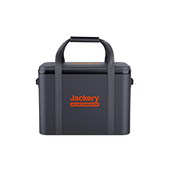
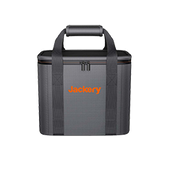
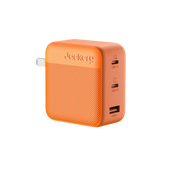

![[Add-on] Jackery Manual Transfer Switch for Explorer 5000 Plus](http://ca.jackery.com/cdn/shop/files/add-on-jackery-manual-transfer-switch-for-5000-plus-240V.webp?v=1757043692&width=170)



